|
Feel the pressure of everyday life? Can't afford the time or money for a Tropical Holiday? Then how about you making your home a more tranquil space to relax and even be Mindful in? At The Open Plan we've been researching the mindful movement, along with Minimalism and Marie Kondo's slightly strange views on tidying, so here are the key points we've gleaned from these experts when it comes to designing your calm space. Minimalism - Yes, we believe that "Less is more" and that Yes, we could all do with a little minimalism in our lives. Basically the less clutter you have the more attractive and easy to maintain your home will become. Coupled with over-consumption destroying The Environment and the acquisition of and any subsequent loss of an inanimate objects stressing us out, it's time that we re-evaluate how much stuff we have in our lives and how to place, store and look after it.
When it comes to interiors, the most beautiful are always incredibly tidy allowing each piece of furniture and decor to shine which in turn gifts the space with, well, more space. Clear floors, styled coffee tables and empty worktops always look less cluttered, more organised and well, not stressful. Marie Kondo sites mess as visual clutter which overwhelms people causing a cognitive overload which can cause inaction at the thought, not knowing where to start or at the very least an unconscious low-level anxiety. Of course keeping on top of any household takes time and effort but if the end means that you'll be existing in a more calm and tranquil space at the end of each busy day, it's worth the effort. Mindfulness<>Tidying - As the Buddhist Monk Shoukei Matsuoto explains in his book 'A monk's Guide to A Clean House and Mind', tidying and cleaning can be exercises in mindfulness. When your advised to do something to take your mind off things, this is exactly the same principle the monks use, where performing a simple (or mindless) cleaning task can help to distract and calm the mind. Cleaning, like fishing or knitting, whilst still being activities, take little concentration and in that way can be seen as a meditative activity. So if time and or money prevents you from going to a spa you can give your over anxious brain a rest and refresh whilst polishing or ironing. Yes I'd rather go to a spa any day but approaching dull tasks in this frame of mind does help you to get the job done and help you to switch off for a while. Experiences not Stuff - In his book 'Stuffocation, Living More With Less' James Wallman discusses the positive effects on a person who looks to put less worth on objects and more on living. For example a few months off buying clothes for me would certainly pay for a holiday somewhere fun, relaxing or adventurous which would not only benefit my mental state of health but would give me priceless memories and life-experiences that would far outlive the few seconds of adrenalin making a new purchase. So what if we could gear our spaces to bring us more pleasure and space to have fun? We all could do with a quiet space in sound and appearance or opening up a floor space where you and yours can play and stretch out on be it for a spot of Yoga or watching Marie Kondo do the tidying on Netflix. Calm Interiors - So we've stated the obvious that a tidy home is a better home and that we could all do with a space to be more mindful in but how do we go about meaningfully transforming our interior spaces? Here's where you need to start Step 1: De-clutter - YOU DO NOT NEED ALL OF THIS STUFF. What you do need is a good old fashioned spring clean. I find that making it into a personal competition to see how much I can dispose of, recycle and donate helps. I also find that a nightclub policy of one-in-one-out works well too. Got a new pair of trainers, donate the scruffy ones you've stopped wearing. Then recycle all of those old magazines, cables and half used bottles in the bathroom that are gathering dust (more things to bloody clean). This way you'll at least be attempting to keep the clutter in check. Step 2: Storage - Marie Kondo would have you throw it all out if it didn't "Spark Joy" but in the real world it is hard to part with things. Still you must at least attempt to de-clutter if only to spend less time and money storing it all. Next, let's find an under-used space. Have an empty wall? Then install a shelving unit. Place a new cupboard (a vintage one is nice) or baskets in your bathroom, to keep at hand but out of sight, all of those noisy, ugly bottles and tubes. Need a new bed? Make sure it's a storage bed that lifts up to reveal litres of storage space and elevate things off of the floor so that you can clean without adding to the job by lifting piles of tat and furniture. Grouping things together is an easy way to organise, so If you collect anything, be it seashells, books or Japanese teapots, do not scatter these around the home, instead meaningfully display them together which will make for a great focal point and speed up the cleaning too. Step 3: Colour & Texture - We love colour but not in every room, so at least one space should have a humble colour scheme which is proven to be restful and restorative. Very simply you need the walls in a neutral colour, think the colours of the pebbles on a beach. Next, add in a dose of lushness with plants that not only recycle the stale air in your home but connect you to the natural world if even in a small way. However don't go overboard as plants need bloody dusting too. Finish this with a natural materials such as real wood (cladding and furniture), sisal (rugs and runners), clay or terracotta (pots and tiles) and stone (flooring and worktops). Go for white everywhere else. So do yourself a favour: have a clear out, ditch the excess packaging and items you haven't used in years and treat at least one room to a calm makeover. Should you need a little a little more help with Calming your home - Call us! As we'd love to help
0 Comments
Today I downed tools and went to the Hayward Gallery's off-site exhibition 'The Infinite Mix'. An amazing pop-up show of 'Audio-Visual' art with, surprisingly for a building still derelict in parts, a very stylish café/bar as part of 'The Store'. 'The Store' which is described as offering "a new kind of experience fusing art, music, food, fashion, broadcasting and work" contains a creative hang-out with views of the Thames, as eclectic and surreal as the A/V pieces in the galleries.
Just as the disparate exhibits form a coherant exhibition so too does the collection of furniture and decor here. This "mix and max" design style combines different eras and styles linked by luxe materials (marble, linen, velvet, wool, wood, perspex and glass) and lush planting which is ingeniously hanging in the old suspended cable trays. This all contrasts and yet compliments the stark architectural featues of the building - a kind of plush Brutalism. It's not clear how long the space will be around for, whether it's semi-permanant or permanant, so go now for the Art, wifi, food and gorgeous interior design. The Store, 180 The Strand, London, WC2R 1EA I've just checked my inbox and every man and his dog have emailed to tell me that they're offering a discount. Black Friday is here. So let's take a quick interior design look at who you can spend your hard-earned with today.
Does your kitchen seem plain, your bathroom feel sad and your hallway look cold? Yes, well let's talk about tiles. At The Open Plan we get very excited about tiles (yes, we're a little sad) so we'd like to share our best home interiors finds and advice with you. So here's a list of our favourite tile shops for when you're looking for the Wow! factor. You can put tiles pretty much anywhere to add colour, pattern, texture or a gloss finish. I recently spotted and adore this remarkable and original tiled ceiling in new London restaurant Babaji - stunning! I would however take advice from a professional tiler before attempting a tiled ceiling *thinks of health and safety issues.
For the aesthetics, versatility and practicality of tiling I cannot hype tiles enough. They can range from 3p to £300 a tile and you can cover as much or as little of any surface you desire from walls and floors to chimney breasts and kitchen worktops (I do love a tiled contertop and predict their return as well as the use of coloured grout). Should you need anymore convincing or advice on tiles then please do Contact Us In the meantime here's a list of the tile materials above and where you can use them - Don't mention it..... 1. Cement - Walls, Worktops and Floors 2. Ceramic - Wall, Worktops and Shelves 3. Porcelain - Walls and Floors 4. Cement - Walls, Worktops and Floors 5. Ceramic - Wall, Worktops and Shelves 6. Ceramic -Wall, Worktops and Shelves 7. Encaustic - Walls, Worktops and Floors 8. Glass - Walls 9. Limestone - Walls, Worktops and Floors 10. Metal - Walls 11. Ceramic - Wall, Worktops and Shelves 12. Cement - Walls, Worktops and Floors 13. Ceramic - Wall, Worktops and Shelves 14. Metal - Walls 15. Cement - Walls, Worktops and Floors When you paint do you go expensive or cheap? Do you favour brands such as Farrow & Ball and Fired Earth or do you think that Crown and own brands do the same job? Let us know. Personally, I favour a mix of higher priced brands and trade names on occasion such as Johnstone's and Macpherson but I do find that the more expensive paints offer better coverage and colour intensity.
Here's an interesting debate on the topic from The Guardian which makes for good reading if you're about to change your home interiors. Read it here Need more advice on this? Then do get in touch |
AuthorOne of London's Best Interiors Bloggers (Ideal Home magazine), The Open Plan Interior Design, London produces contemporary interiors for homes and business' and this very useful home interiors blog Archives
July 2023
Categories
All
|



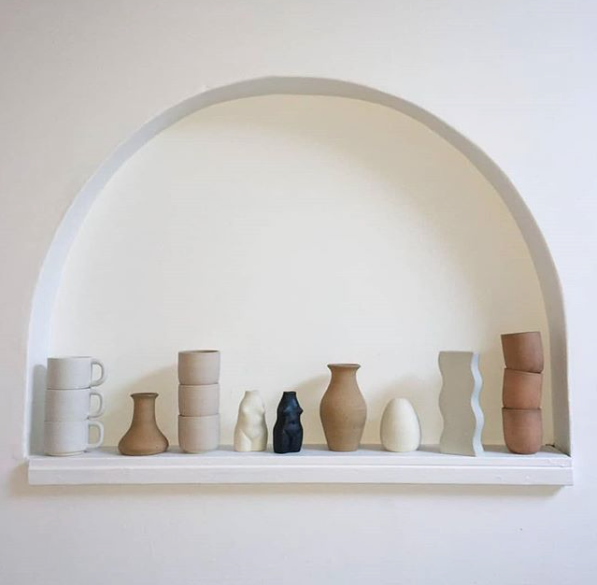

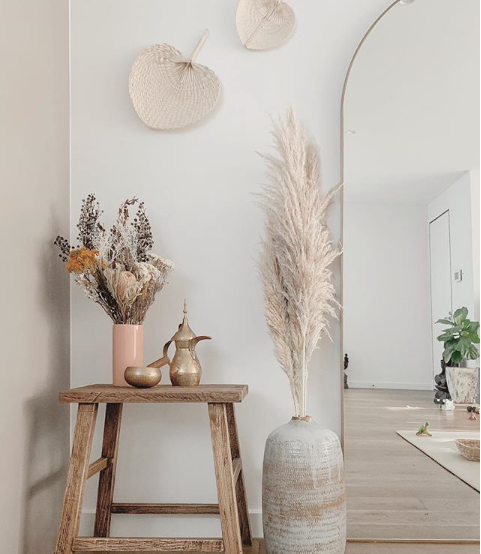

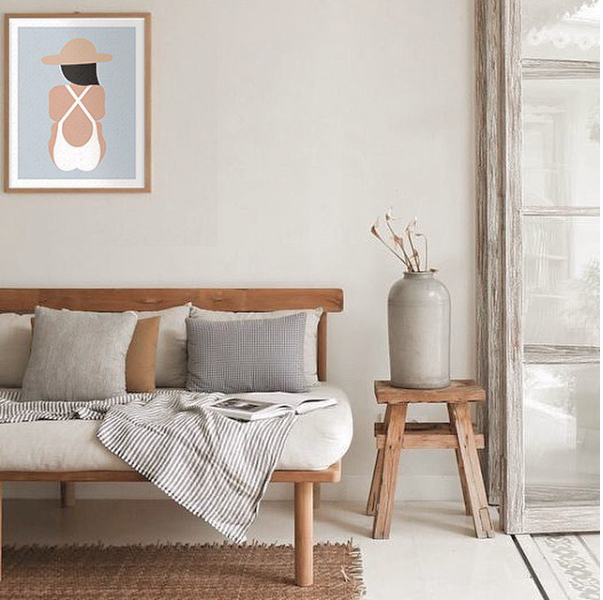

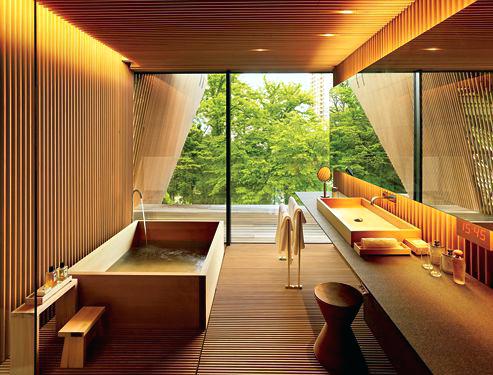

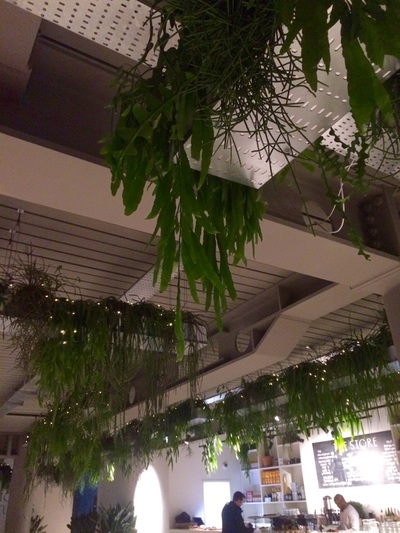
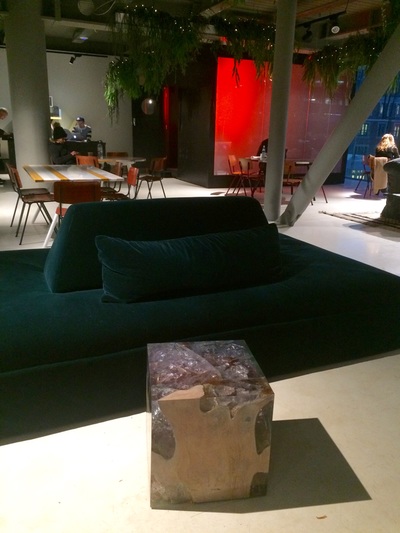
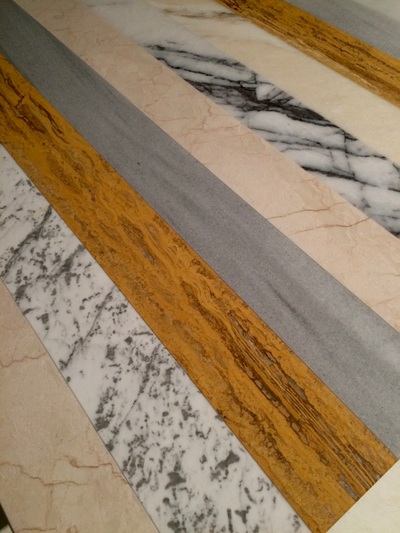
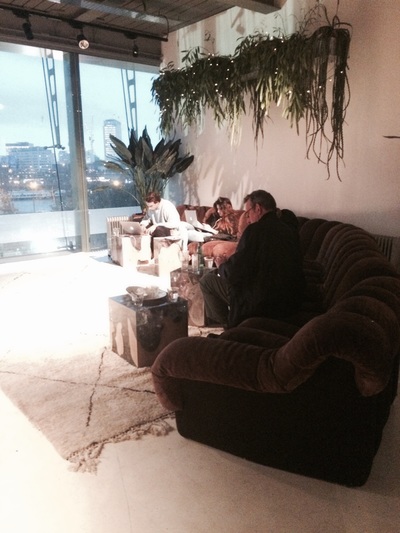
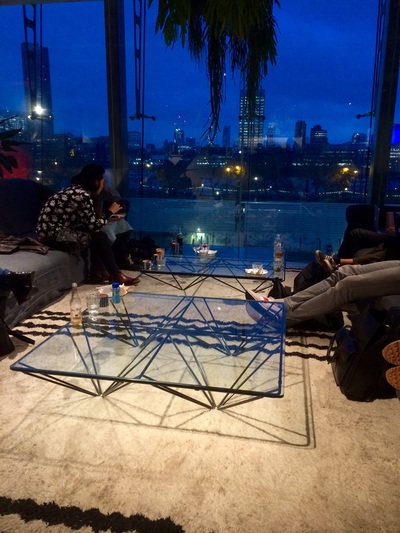


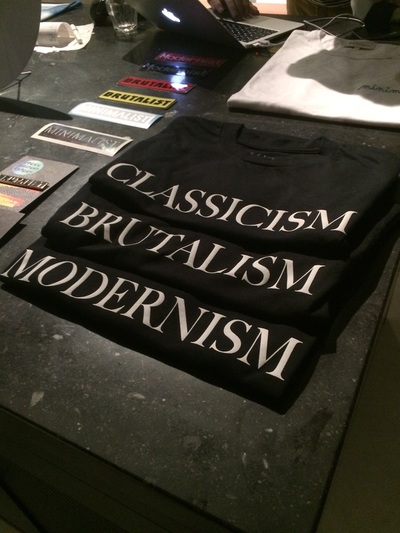
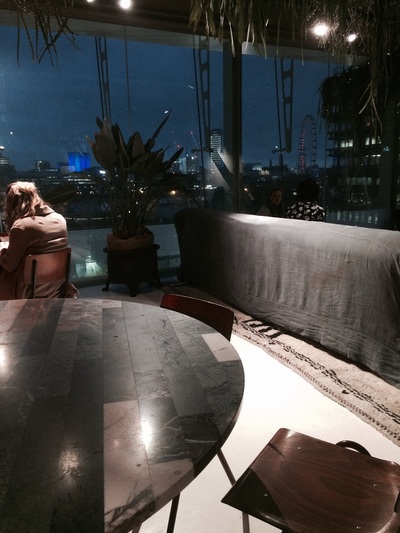
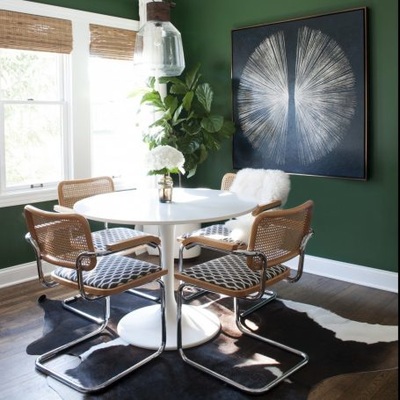
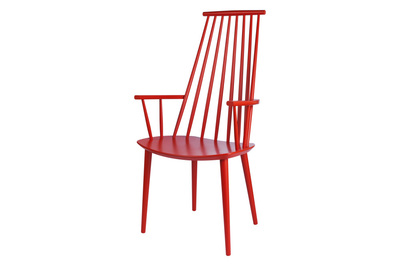



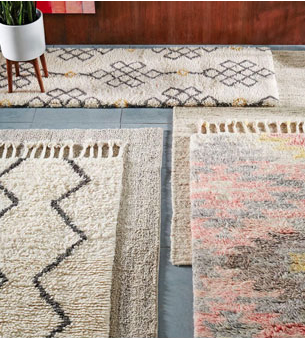
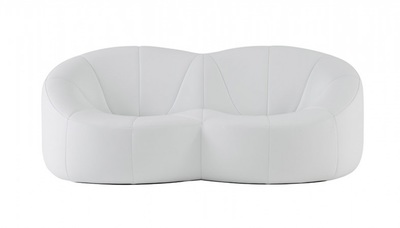

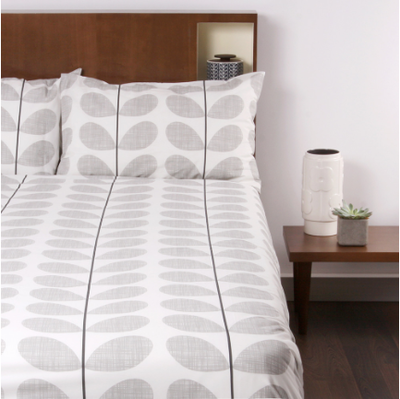
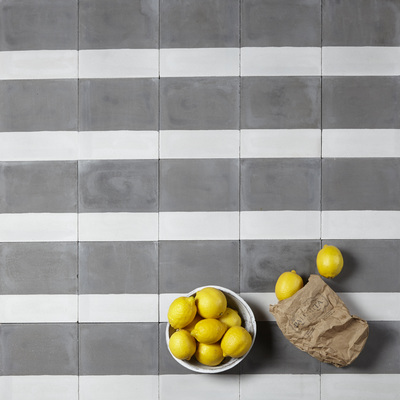
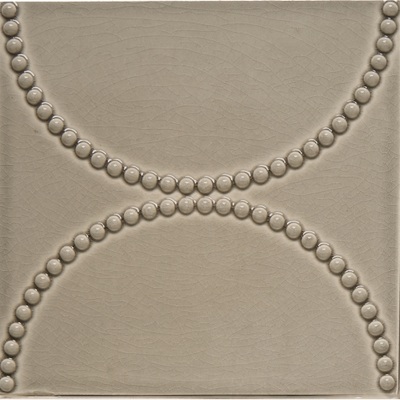
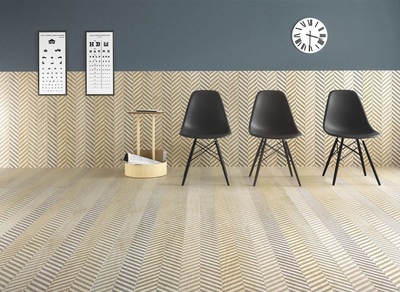



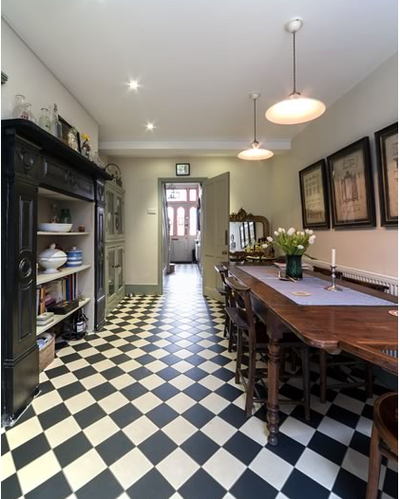






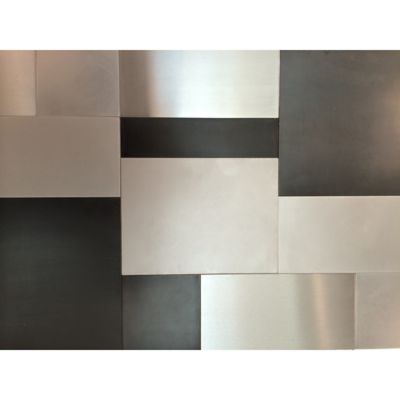

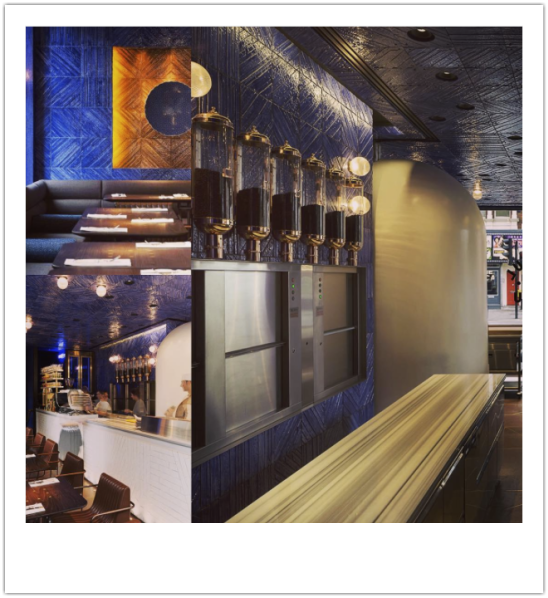

 RSS Feed
RSS Feed